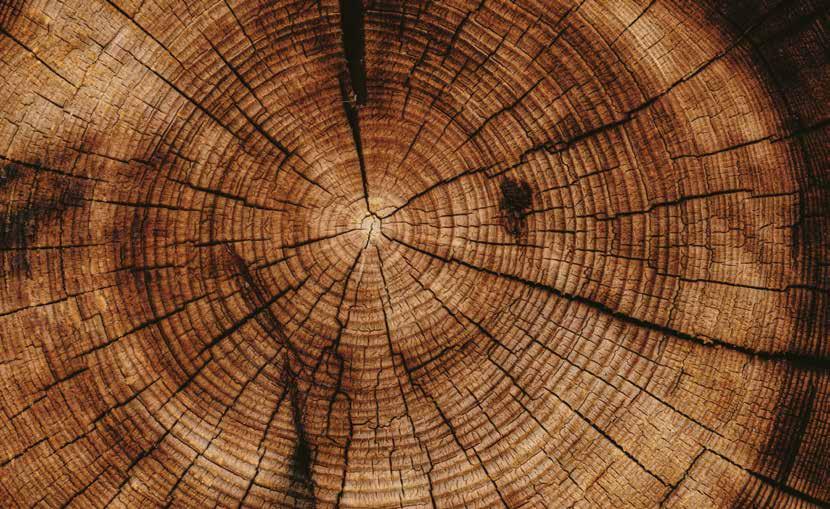
12 minute read
GEOMANCY Introductory feng shui
FENG SHUI: THE BAGUA MAP
Each room in your home represents a different aspect of your life, which means that your happiness is largely dependent on your home decorating skills. Samantha Wong reports
In order to successfully apply feng shui in your home, you need to determine where each room is located on the bagua map. This is simple enough to do but first you need to decide whether you are going to follow the Western (BTB) bagua or the traditional bagua. Both BTB and traditional baguas are divided into nine squares (see the BTB map overleaf), with each square representing a different aspect of your life – wealth, fame and reputation, love and marriage etc. Each square also corresponds with one of the five elements and a colour or colours.
Simply put, the bagua connects aspects of your life with areas in your home. This allows you to work on specific areas in your life by improving the energy in the corresponding area of your home.
You can do a BTB bagua reading in three easy steps. Step 1: Draw the BTB bagua map on tracing paper. Step 2: Superimpose your map over your floor plan, aligning the bottom row of your map with the wall of your front door. Step 3: Note down which parts of your home ‘fall under’ and are therefore governed by which sections of the bagua map.
Plotting your course
A traditional bagua reading works under the health section of the
in much the same way, except it takes the points of the compass into account. You need to take the compass reading of your front door in order to line up a traditional bagua map with your floor plan.
If your floor plan is not a perfect square or rectangle, sections of the bagua will be foreshortened or missed out altogether, and you’ll have to work at filling in the space (and therefore the energy) that is lacking. Remedies include introducing potted plants crystals, especially when there is a window. If a whole section is missing, place mirrors on both walls of the interior corner to expand the area. even if they fall outside the bagua map. This is because they extend the good energy that you are creating within your home.
In many ways a bagua reading is so literal, you can work out how to boost the energy in a room intuitively. Worried about your health? Revamp the decor in the centre of your home (which falls to activate the area or hanging
bagua map). Hoping to travel again soon? Decorate the travel corner of your home (bottom right on the map) with photos of the countries you want to visit. Sex life in need of a boost? Place candles and flowers in the love and marriage section of your home (top right).
But there’s more to the bagua than that. You’ll see from the map below that each bagua square corresponds not only with an aspect of your life but also with one of the five elements. So, once you know where a room fits in the bagua map, you’ll know which
element needs to be supported in it. Let’s say your living room falls under the creativity section of the bagua map, which is supported by metal – if you feel you are lacking in creativity, you’ll benefit from introducing more metal into your living room.
An easy way to boost the presence of a particular element in a space is through colour use – for instance, metal is commonly represented by the colour white, so you can invite more metal energy into a space by
BTB bagua map
introducing some white-coloured furnishings. But take another look at the map below, you’ll see that colour-use in the bagua is more complex, since colours in each square correspond with both the element and aspect of life represented. For instance, you can up the metal energy in the creativity section of your home by adding white-coloured accents, but to boost the travel section of your home, also associated with metal, you need to decorate with grey and black, as well as white. By learning about the bagua, you can improve your quality of life. So think about which aspect of your life needs work. Let’s say it’s your relationship with money. Work out which room in your home falls under the wealth section of the bagua (top left on the map). Which element do you need to boost in that room to bring more money in? Wood. How do you do that? By incorporating plenty of blue, purple, red and green accents into your decor. Throw in a piece of real wood furniture and you’ll soon be as rich as Jack Ma.
(Owner Direct Sale)
PENANG LUXURY APARTMENT HK$2.79M (NEGOTIABLE) 1 ,231 sq ft. nett
Located on the famed Batu Ferringhi beach, “By The Sea” is a low density development comprising 3 low-rise blocks of 1 38 units of suites. Its expansive 50m innnity pool and deck has unobstructed views of the sea while green hills serve as a verdant backdrop. Freehold, fully furnished, 2 bedrooms, 2 bathrooms & 1 carpark space. Innnity pool, gym, playgrounds, monkey park & outdoor gardens.
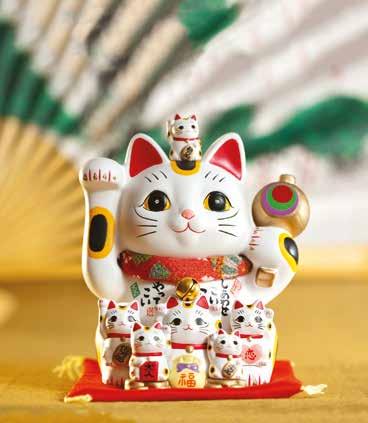
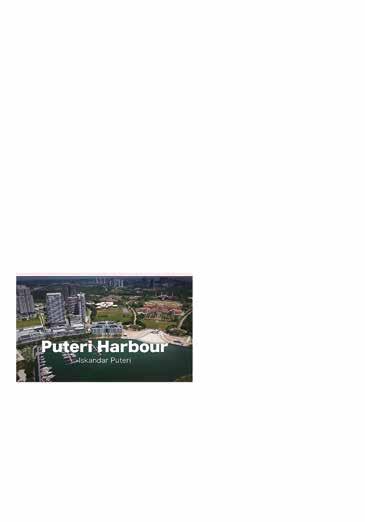















PLEASE E-MAIL malaysiapropertysales2020@gmail.com AND WHATSAPP/CALL (+852) 9739-1 403 FOR DETAILS AND PHOTOS. SERIOUS BUYERS ONLY!
JOHOR PROPERTY FOR SALE
(Owner Direct Sale)
JOHOR LUXURY APARTMENT HK$2.1 0M (NEGOTIABLE) 954 sq ft. nett
Puteri Harbour, the pearl of Johor, is a prestigious waterfront development located along the southern coast of Johor, where it is closest to neighboring Singapore. Its’ ideal location and award winning masterplan have transformed the harbor into a popular dining, entertainment and holiday destination and given rise to highly desired luxury residences. F reehold, fully furnished, 2 bedrooms, 2 bathrooms & 1 carpark space. LCD smart home, innnity pool, gym, playgrounds, clubhouse, tennis courts & function rooms. PLEASE E-MAIL malaysiapropertysales2020@gmail.com AND WHATSAPP/CALL (+852) 9739-1 403 FOR DETAILS AND PHOTOS. SERIOUS BUYERS ONLY!

Alice Springs
Rather than flying into Ayers Rock Airport, you’re better off making Alice Springs your gateway into Australia’s awe-inspiring Northern Territory (the Red Centre). Some 460 kilometres from Uluru-Kata Tjuta National Park, and halfway between Darwin and Adelaide, both 1,500 kilometres away, Alice Springs is one of the most remote towns in the Australian outback. You’ll find it’s packed with history, indigenous art and opportunities for wilderness adventure.
The Arrernte
The five-hour drive from Alice Springs to Uluru-Kata Tjuta National Park opens up an extraordinary landscape of desert plains, mountain ranges, waterholes and gorges. This is Arrernte Aboriginal Land and it runs as far west as Kings Canyon, and as far east as the Simpson Desert. The iron-coated red sand is set against a deep blue sky that seems to roll on forever. Hidden in the Spinifex grasses and Mulga trees, you spot goannas, snakes, eagles, kites, budgies and, of course, kangaroos.
Mount Conner
On the drive through the Arrernte, you catch sight of flat-topped, sandstonecapped Mount Conner, known locally as Fool-uru since tourists often mistake it for mighty Uluru (Ayers Rock). Mount Conner sits on private land, so if you want to do more than admire it from a distance you need to book a tour through Curtin Springs Station.
Lake Swanson
You can also view Lake Swanson, one of seven salt lakes within Curtin Springs. This arid salt mass stretches to the horizon – it’s not the place for a swim. Travelling on, you get your first glimpse of Uluru from almost 100 kilometres away. At that moment, as you stand in awe before the world’s largest monolith, you’ll understand why I recommend you drive into the Red Centre from Alice Springs.
Leaving Alice Springs
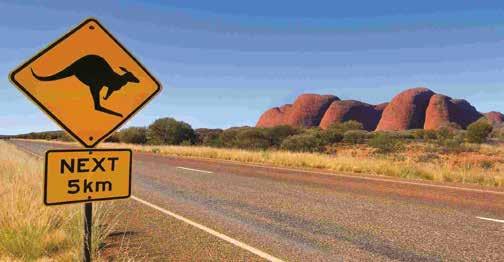
The Arrernte

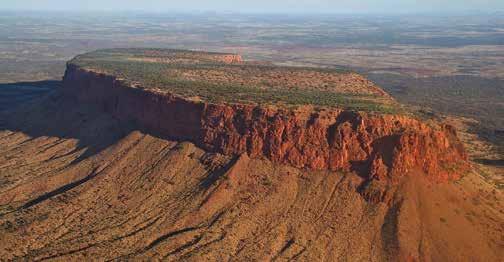
Mount Conner

Uluru-Kata Tjuta National Park
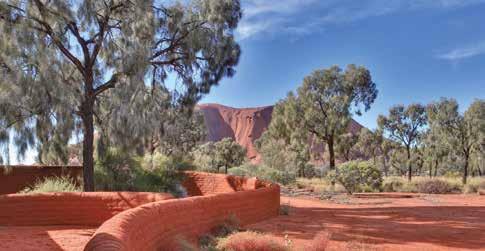
Arriving at Yulara, a little village about 18 kilometres from Uluru, you’ll find multiple accommodation options, varying from camping grounds to fancy resorts. Before you head into the park, be sure to gen up on general safety information. Stop by the Cultural Centre to pick up your visitor’s guide, get a feel for how the park is managed and learn about its iconic rock formations.
Uluru (Ayers Rock)
You’re here to see Uluru, one of the great wonders of the world, 348 metres high, 3.6 kilometres long and 1.9 kilometres wide. It’s best viewed at dusk and again at dawn. As the rock changes colour, mirroring the sky around it, you’ll appreciate why Uluru is a sacred part of Aboriginal Creation Mythology, or dreamtime – reality being a dream.
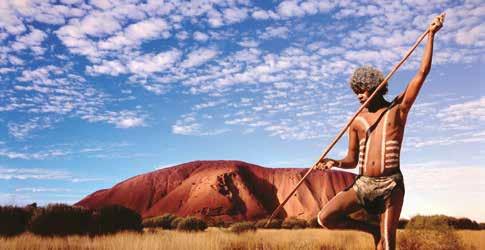
Kata Tjuta (The Olgars)
Kata Tjuta (The Olgars) is the second big-ticket sight in Uluru-Kata Tjuta National Park. Kata Tjuta is an Aboriginal word meaning ‘many heads,’ and this incredible rock formation comprises 36 sandstone domes spread over an area of more than 20 kilometres. To fully appreciate the magnificence of Kata Tjuta, there is a beautiful two-and-ahalf-hour hike through the Valley of the Winds to Karingana Lookout.

Kings Canyon
There are plenty of trails to explore in and around Uluru-Kata Tjuta National Park and, if you’re up for it, Kings Canyon Rim Walk at first light is a must. It’s a 6-kilometre round trip, with the first part of the hike – up ‘heart attack hill’ – being the hardest. After taking in the sublime views, a series of wooden steps lead you to the shady verdant glades of a hidden oasis – the Northern Territory’s very own ‘Garden of Eden.’

Uluru-Kata Tjuta National Park
Uluru (Ayers Rock) C
Kata Tjuta (The Olgars)
Kings Canyon


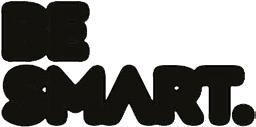

Off the scale!
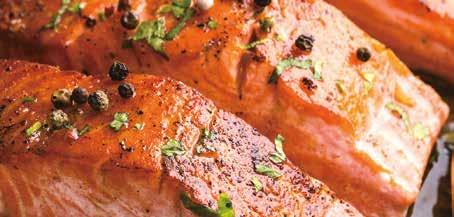
Simple, healthy and quick to make, these fabulous fish dishes taste every bit as good as they look
Salmon with salsa verde
Serves 8
• 4salmon fillets* • 6spring onions, sliced* • 16 whole black peppercorns • 8 green chilli peppers, chopped fine • 2 limes, zestand juice* • 680g tomatillos, husks removed • 1 large white onion, chopped • 2 clovesgarlic, chopped* • 150g coriander leaves, chopped

Fry the salmon fillets, skin side down, for about 6 minutes until the skin is crispy and golden. Turn carefully, then cook for a further 2 minutes. Set aside. Fry the spring onions, peppercorns, 3 chilli peppers and the zest of one lime for 2 minutes, then add the juice of one lime. Spoon the chilli and lime infused oil over the salmon. To make the salsa verde, fry the tomatillos, searing them on both sides. Remove from the heat. Pulse the cooked, chopped tomatillos, the juice of one lime, onion, garlic, coriander and 5 chilli peppers in a food processor until combined. Drizzle the fish with the salsa verde or serve it as a side.
Gurnard with peas and cider
Serves 2
• 1 small onion, finelysliced • 1 garlicclove, finelysliced* • 2 gurnard fillets* • 2tbspplain flour • 75g peas* • 200ml dry cider • 2tbspparsley, finelychopped • 1tbspmint, finelychopped
Fry the onion and garlic until soft, then set aside. Dust the gurnard fillets in the seasoned flour. Return the pan to the heat and fry the fish, skinned side down. Cook for about 2 minutes, until it is nicely browned on one side. Return the onion and garlic to the pan. Add the peas and the cider and simmer for 4 minutes. Make sure the fish is cooked through then divide it between two warmed plates. Return the pan to the heat, and stir in the parsley and mint followed by a knob of butter. Simmer until the sauce is thick and glossy. Spoon the peas and sauce around the fish to serve.
Eat The Kiwi delivers sustainably sourced New Zealand fish direct to your door
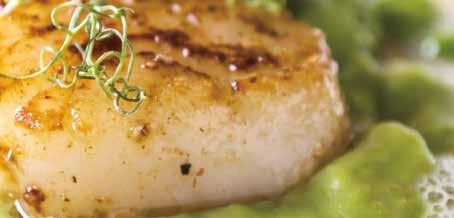

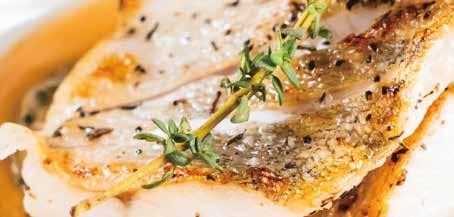
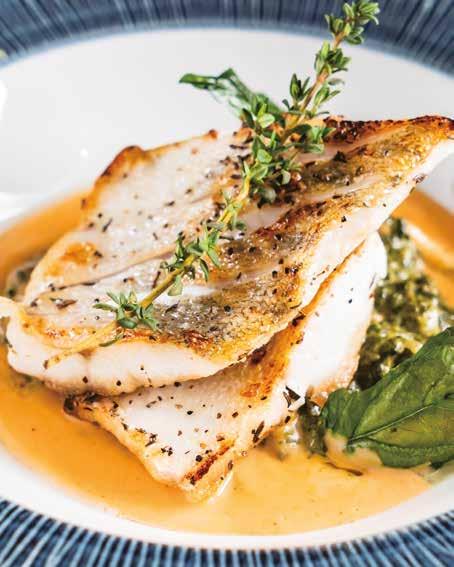
FIND IT
Serves 2
• 2tbsp butter* • 3tbsp flour • ¾tsp salt • 1/8tsp nutmeg • ½tsp mustard powder • 118ml milk • ¾tsp lemon juice* • 50g each cheddar, gruyere, emmental* • 2 snapperfillets* Preheat the oven to 200°C. In a saucepan, melt the butter and blend in the flour, salt, nutmeg and mustard powder. Gradually add the milk, stirring constantly until the sauce thickens. Add the lemon juice and grated cheese. Stir until the cheese is melted. Place the snapper fillets in a greased baking pan. Cover with the cheese sauce and bake for 20 minutes. Garnish with fresh rosemary and basil to serve. • Eat The Kiwi, 9785 5706 (WhatsApp), hello@eatthekiwi.com, store.eatthekiwi.com Eat The Kiwi delivers high quality New Zealand groceries* to DB on Tuesdays and Thursdays between 12pm and 6pm (order by 10am, Monday/ Wednesday). Delivery is free for orders over HK$1,000,
Snapper with three cheese sauce
and costs HK$120 for orders under HK$1,000.







